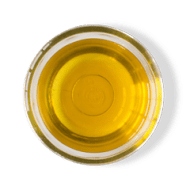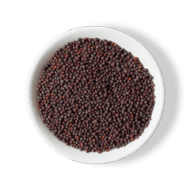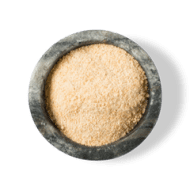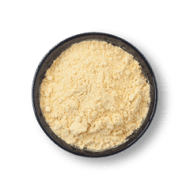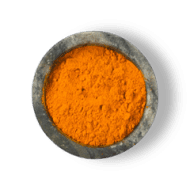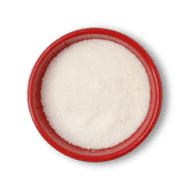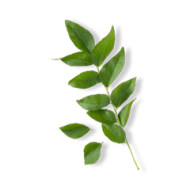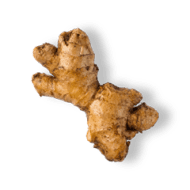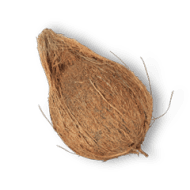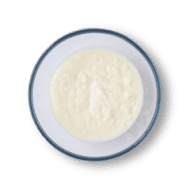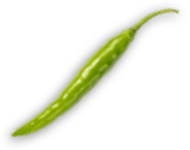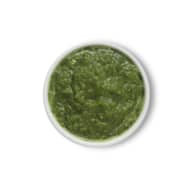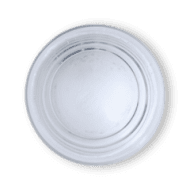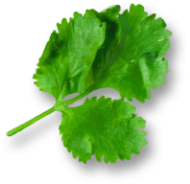Indian cuisine is as diverse and consists of many traditional and regional cuisine. Due to the varied climate, soil, ethnicity, availability of local herbs and spice, and occupations, the way it is cooked and its taste are different. Additionally, food choices are also influenced by religion. Among the various cuisines that are popular all across India is Gujrati cuisine. Gujarati’s are known for their snacks, apart from Farsan, Theplas,
Mug Dhokla one of the other popular snacks is Khandvi
The Nutritional Profile of Khandvi
Khandvi dish, the favourite snack of Gujarati’s like the
Dhokla is now liked by people all over India. It is not just tasty but also healthy too as the khandvi ingredients are nutritious. Moreover, unlike other snacks which are usually fried, this is steamed using very little oil and increases the health benefits. Also, it is easy to digest and hence can be had by people of all ages. The ingredients used in the Khandvi Ki recipe are basic and are found in every Indian kitchen.
It provides 9% of the RDV calorie requirement for an adult with a diet of 2000 calories. It also contains Vitamin B1, calcium, folic acid, and phosphorus.
Khandvi is considered healthy as the khandvi Banane ki recipe has:
Besan: It is rich in protein and good fat so considered a better ingredient than whole wheat flour. Besan has a low glycemic index and is high in complex carbs which makes it beneficial for even diabetics.
Curd/ Buttermilk: The use of curd is what makes the Khandvi more digestible. It is rich in good bacteria and the presence of probiotics makes it like a mild laxative and boosts digestion. Apart from helping the digestive system, it is also good for the heart and aids in weight reduction.
Coconut: Fresh coconut is used in the Khandvi ki recipe and is rich in saturated fats. It is also high in lauric acid and fibre content which aids in improving good cholesterol, lowering blood sugar levels, and aiding diabetics.
Khandvi Banane Ki Recipe
This easy Khandvi recipe serves 4 and the ingredients for the same are as below:
Besan or gram flour: 1 cup
Ginger: 1 inch
Turmeric: 1 pinch
Salt: As desired
Buttermilk: 3 cups
Hing: 1 pinch
Green chillies: 2
Lemon juice: 1 tsp
Oil: 2 tsp
Mustard seeds: 1 teaspoon
Coriander Leaves: For garnishing
Grated coconut: 2 teaspoon
Step-by-step instructions
Sieve the besan: To make the Khandvi dish start by sieving the besan to separate any lumps in the flour. Take a bowl, place the sieve on top of it and put 1 cup of besan on it so that the fine powder is collected into the bowl.
Make ginger-green chilli paste: Deseed the green chillies and add ginger to a blender to make a paste out of them. Do not add water as it becomes too runny.
Prepare the batter: Before preparing the batter, take stainless steel and grease the underside of the plate or a tabletop with oil to prevent the Khandvi mixture from sticking and also helps to easily roll the Khandvi. Now mix the green-chilli paste, besan, salt, turmeric powder, buttermilk, and lemon juice. Make a smooth paste with no lumps.
Cook the Khandvi: Take a thick bottom pan and pour this mixture and cook until it becomes a smooth batter. Stir continuously so that the batter does not form lumps. Do not leave the pan unattended as it takes only a few minutes to cook it. Once it becomes a thick batter, take it out of the stove and spread portions of the mixture onto the place when it is hot. The spread should be as thin as possible.
Cut and roll into strips: While it is hot, cut into strips, and on these strips, temper with mustard seeds and pour it over the Khandvi. Allow it to cool, now roll the cut strips tightly but also ensure that it does not break. Check the khandvi recipe video if you are not sure how to do it. Heat oil, add Hing and mustard seeds allow to crackle, and pour over the pieces.
Garnish and serve: Now garnish these with coriander and coconut and serve the khandvi dish hot with mint chutney or a side of your choice.
Tips for making Khandvi
One of the most important things in making a Gujarati dish khandvi is the consistency of the batter. It should be properly cooked and the batter not too thick. If the batter is thick it cannot be shaped thinly and that spoils the taste. Moreover, the batter will not spread evenly on the thali/marble top.
Do not let the batter cool down, spread it on the plate immediately. If it cools down you will not be able to get the right results.
To check if the batter can be rolled into sheets, take a small quantity of batter and spread it on a small greased plate. Roll over the batter and if it rolls without leaving any traces then it is ready. If not cook for a few more minutes.
Curd and buttermilk can be interchanged to make the Khandvi batter. Using buttermilk makes it more moist and tasty.
In the Khandvi Banane ki recipe, the proportion of besan and buttermilk is always 1:3. The buttermilk should not be too thick or too thin but of medium consistency.
It is best to mix yoghurt that is sour with water for buttermilk as it helps to make the khandvi soft.
Do not overcook the Khandvi as it becomes thick and you will not get the thin layers.
Khandvi is best served with a spiced chutney like garlic chutney, mint chutney, or coriander-mint chutney.
Give Gujrati dish Khandvi a twist by using the Khandvi sheets and adding cheese to make a fusion dish.



